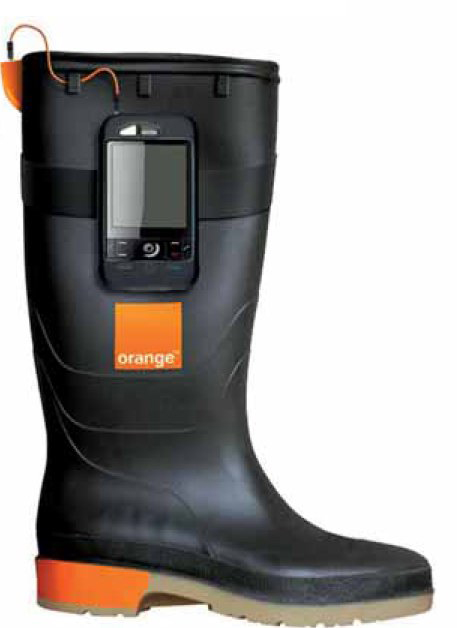Piezoelectric materials are best described as materials that either generate an electric charge when deformed, by hitting or bending, or change their shape when an electric charge is applied to them. As such, they are one of the most prolific technologies in the growing area of smart materials, particularly in the area of energy harvesting. This mechanical strain at the heart of the technology can come from many different sources, but to illustrate the principle, placing a ruler on the edge of a desk and pinging it is a good example of the piezoelectric effect. If the ruler were made of piezoelectric material the vibration would produce electricity, which when attached to a light source will generate light.
The idea of piezoelectric materials is not new – mined from quartz, these smart crystals were discovered in the 1880s by Pierre Curie – but the development of materials that can convert enough electricity to be useful has been difficult until now. The web is full of ideas for exploiting the piezoelectric effect, from pounding feet on dance floors that generate power for video screens to scenarios where piezoelectric crystals in the road harvest energy from passing cars. Traditionally, generating electrical power has been an environmentally costly exercise, using fossil fuels, and with our search for alternative sources of energy, there has been a great deal of interest surrounding the use of piezoelectric materials to drive clean energy.
Image: Power Welly by Orange in collaboration with GotWind, renewable energy specialists

Key features
•Generates electricity through vibration
•Changes shape when electricity is passed through it
•Naturally occurring phenomenon
Sources
Although quartz crystals are not the only piezoelectric materials, they are the most widely used. The number of companies who currently produce these materials is limited but is rapidly growing as energy harvesting technology grows in performance and demand. Quartz piezoelectrics can also be produced as synthetic crystals.
Cost
Quartz Piezoelectric crystals are relatively inexpensive.
The need to explore new sources of energy is propelling piezoelectics into the forefront of new ideas. The wide range of potential applications for converting movement into energy is one of the most innovative areas in which sustainability is being addressed.
Production
One company, Advanced Cerametrics Inc, has developed a ceramic piezoelectric composite fibre that is much more flexible and can generate more electricity than the piezoelectric crystal. The idea behind this product is to find existing mechanical energy that is not being used and to ‘harvest’ and convert it into electricity.
Typical applications
Today, piezoelectric crystals are already in widespread use in cigarette lighters, kitchen gas lighters, microphones, sound generating devices for sonar and ultrasound detectors, tweeters in stereo speakers and quartz crystals in watches. Beyond these applications, the possibilities for this material appear to be endless. For example, the material can be incorporated into many applications where ‘wasted’ mechanical energy, such as vibrations, could be converted into useful energy by piezoelectric fibres. Imagine, for example, aircraft cabin lighting that is powered by the vibrations from the engines. Piezoelectric fibres have also been incorporated into footwear, so that hikers can recharge GPS devices by plugging them into a boot. At the Glastonbury music festival, piezoelectrics were installed inside wellington boots provided by the mobile phone network Orange to charge mobile phones.
| + | – |
|
–Versatile –Smart material –Renewable energy source –Widely available |
–There are no notable disadvantages |
